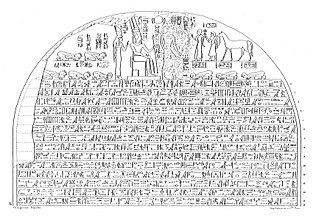
Piye was an ancient Kushite king and founder of the Twenty-fifth Dynasty of Egypt, who ruled Egypt from 744–714 BC. He ruled from the city of Napata, located deep in Nubia, modern-day Sudan.
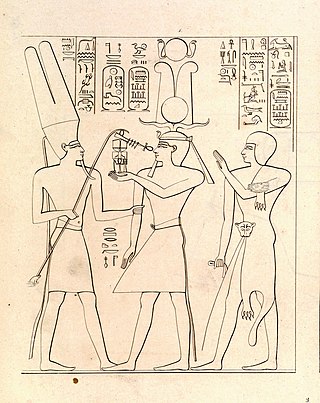
Hedjkheperre Setepenre Shoshenq I —also known as Shashank or Sheshonk or Sheshonq I—was a pharaoh of ancient Egypt and the founder of the Twenty-second Dynasty of Egypt.
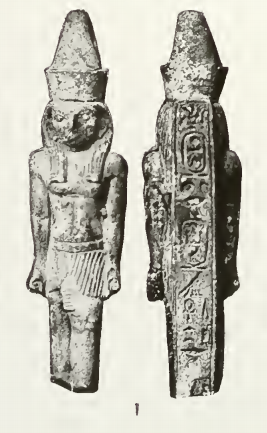
Menkheperre Necho I was a ruler of the ancient Egyptian city of Sais. He was the first securely attested local Saite king of the 26th Dynasty of Egypt who reigned for 8 years (672–664 BCE) according to Manetho's Aegyptiaca. Egypt was reunified by his son Psamtik I.

Titkheperure or Tyetkheperre Psusennes II [Greek Ψουσέννης] or Hor-Pasebakhaenniut II [Egyptian ḥr-p3-sb3-ḫˁỉ-⟨n⟩-nỉwt], was the last king of the Twenty-first Dynasty of Egypt.

Hedjkheperre Setepenre Takelot II Si-Ese was a pharaoh of the Twenty-third Dynasty of Ancient Egypt in Middle and Upper Egypt. He has been identified as the High Priest of Amun Takelot F, son of the High Priest of Amun Nimlot C at Thebes, and thus, the son of Nimlot C and grandson of king Osorkon II, according to the latest academic research. Based on two lunar dates belonging to Takelot II, this Upper Egyptian pharaoh is today believed to have ascended to the throne of a divided Egypt in either 845 BC or 834 BC. Most Egyptologists today, including Aidan Dodson, Gerard Broekman, Jürgen von Beckerath, M.A. Leahy, and Karl Jansen-Winkeln, also accept David Aston's 1989 hypothesis that Shoshenq III was Osorkon II's actual successor at Tanis, rather than Takelot II. As Aidan Dodson and Dyan Hilton write in their comprehensive book on the royal families of Ancient Egypt:
Takelot II is likely to have been identical with the High Priest Takelot F, who is stated in [the] Karnak inscriptions to have been a son of Nimlot C, and whose likely period of office falls neatly just before Takelot II's appearance.

Shepsesre Tefnakht was a prince of Sais and founder of the relatively short Twenty-fourth Dynasty of Egypt; he rose to become a Chief of the Ma in his home city. He is thought to have reigned roughly 732 BCE to 725 BCE, or seven years. Tefnakht I first began his career as the "Great Chief of the West" and Prince of Sais and was a late contemporary of the last ruler of the 22nd Dynasty: Shoshenq V. Tefnakht I was actually the second ruler of Sais; he was preceded by Osorkon C, who is attested by several documents mentioning him as this city's Chief of the Ma and Army Leader, according to Kenneth Kitchen, while his predecessor as Great Chief of the West was a man named Ankhhor. A recently discovered statue, dedicated by Tefnakht I to Amun-Re, reveals important details about his personal origins. The statue's text states that Tefnakht was the son of a certain Gemnefsutkapu and the grandson of Basa, a priest of Amun near Sais. Consequently, Tefnakht was not actually descended from either lines of Chiefs of the Ma and of the Libu as traditionally believed but rather came from a family of priests, and his ancestors being more likely Egyptians rather than Libyans.

Hedjkheperre Setepenre Takelot I was an ancient Libyan ruler who was pharaoh during the Twenty-second Dynasty of Egypt.

Usermaatre Setepenre Pami was an ancient Egyptian pharaoh of the 22nd Dynasty who ruled for 7 years. "Pami" in Egyptian, means "the Cat" or "He who belongs to the Cat [Bastet]".

Hedjkheperre Setepenre Shoshenq IV was an ancient Egyptian ruler of the 22nd Dynasty, between the reigns of Shoshenq III and Pami. In 1986, David Rohl proposed that there were two king Shoshenqs bearing the prenomen Hedjkheperre – (i) the well-known founder of the dynasty, Hedjkheperre Shoshenq I, and (ii) a later pharaoh from the second half of the dynasty, whom Rohl called Hedjkheperre Shoshenq (b) due to his exact position in the dynasty being unknown. Following a proposal, the British Egyptologist Aidan Dodson in 1993 supported the new king's existence by demonstrating that the earlier Hedjkheperre Shoshenq bore simple epithets in his titulary, whereas the later Hedjkheperre Shoshenq's epithets were more complex.

Usermaatre Setepenamun Osorkon III Si-Ese was Pharaoh of Egypt in the 8th Century BC. He is the same person as the Crown Prince and High Priest of Amun Osorkon B, son of Takelot II by his Great Royal Wife Karomama II. Prince Osorkon B is best attested by his Chronicle—which consists of a series of texts documenting his activities at Thebes—on the Bubastite Portal at Karnak. He later reigned as king Osorkon III in Upper Egypt for twenty-eight years after defeating the rival forces of Pedubast I/Shoshenq VI who had apparently resisted the authority of his father here. Osorkon ruled the last five years of his reign in coregency with his son, Takelot III, according to Karnak Nile Level Text No. 13. Osorkon III's formal titulary was long and elaborate: Usermaatre Setepenamun, Osorkon Si-Ese Meryamun, Netjer-Heqa-waset.
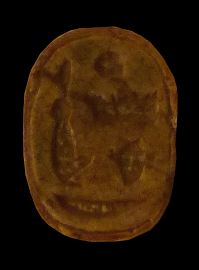
Tefnakht II was an ancient Egyptian ruler of the city of Sais during the early 7th century BC. He is recognized as an early member of the so-called "Proto-Saite Dynasty", which directly preceded the 26th Dynasty of Egypt.

The modern designation Shoshenq III refers to King Usermaatre Setepenre Shoshenq Sibaste Meryamun Netjerheqaon, who reigned for about four decades, c. 841–c. 803/799 BC or c. 831–c. 791/788 BC. His highest attested regnal year is Year 39. Although he apparently retained control of Tanis and, for the most part, of Bubastis and Memphis, for most of his long reign, Shoshenq III had to reckon with rival kings in parts of the country.
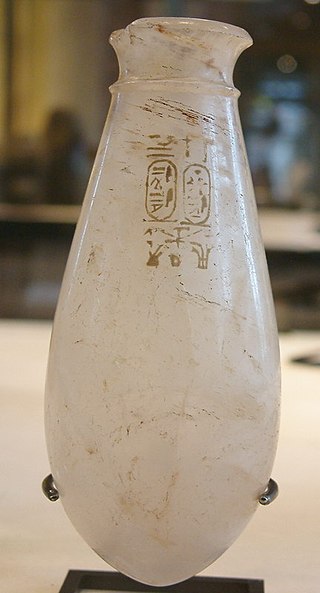
Rudamun was the final pharaoh of the Twenty-third Dynasty of Egypt. His titulary simply reads as Usermaatre Setepenamun, Rudamun Meryamun, and excludes the Si-Ese or Netjer-Heqawaset epithets employed by his father and brother.

Aakheperre Shoshenq V was an ancient Egyptian pharaoh of the late 22nd Dynasty.
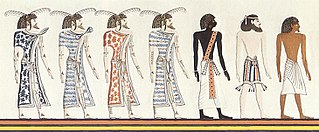
The Libu were an Ancient Libyan tribe of Berber origin, from which the name Libya derives.

Nimlot C was a High Priest of Amun at Thebes during the reign of pharaoh Osorkon II of the 22nd Dynasty.

The Twenty-fourth Dynasty of Egypt is usually classified as the fourth Dynasty of the Ancient Egyptian Third Intermediate Period.

The Stela of Pasenhor, also known as Stela of Harpeson in older literature, is an ancient Egyptian limestone stela dating back to the Year 37 of pharaoh Shoshenq V of the 22nd Dynasty. It was found in the Serapeum of Saqqara by Auguste Mariette and later moved to The Louvre, where it is still.
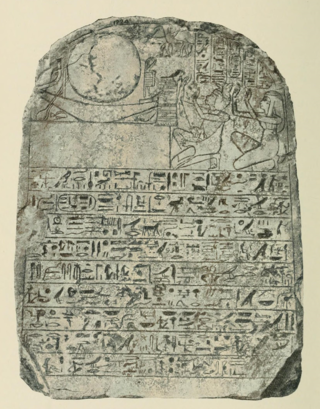
Iuwelot or Iuwlot was a High Priest of Amun at Thebes and military commander during the reign of pharaohs Osorkon I and Takelot I of the 22nd Dynasty.
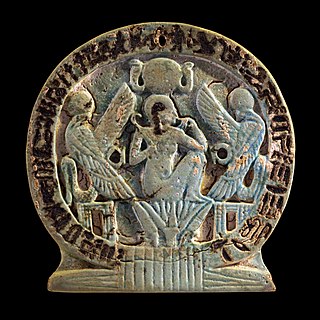
Osorkon C was a Great Chief of the Ma and a governor of Sais in Lower Egypt, during the 22nd Dynasty.



















